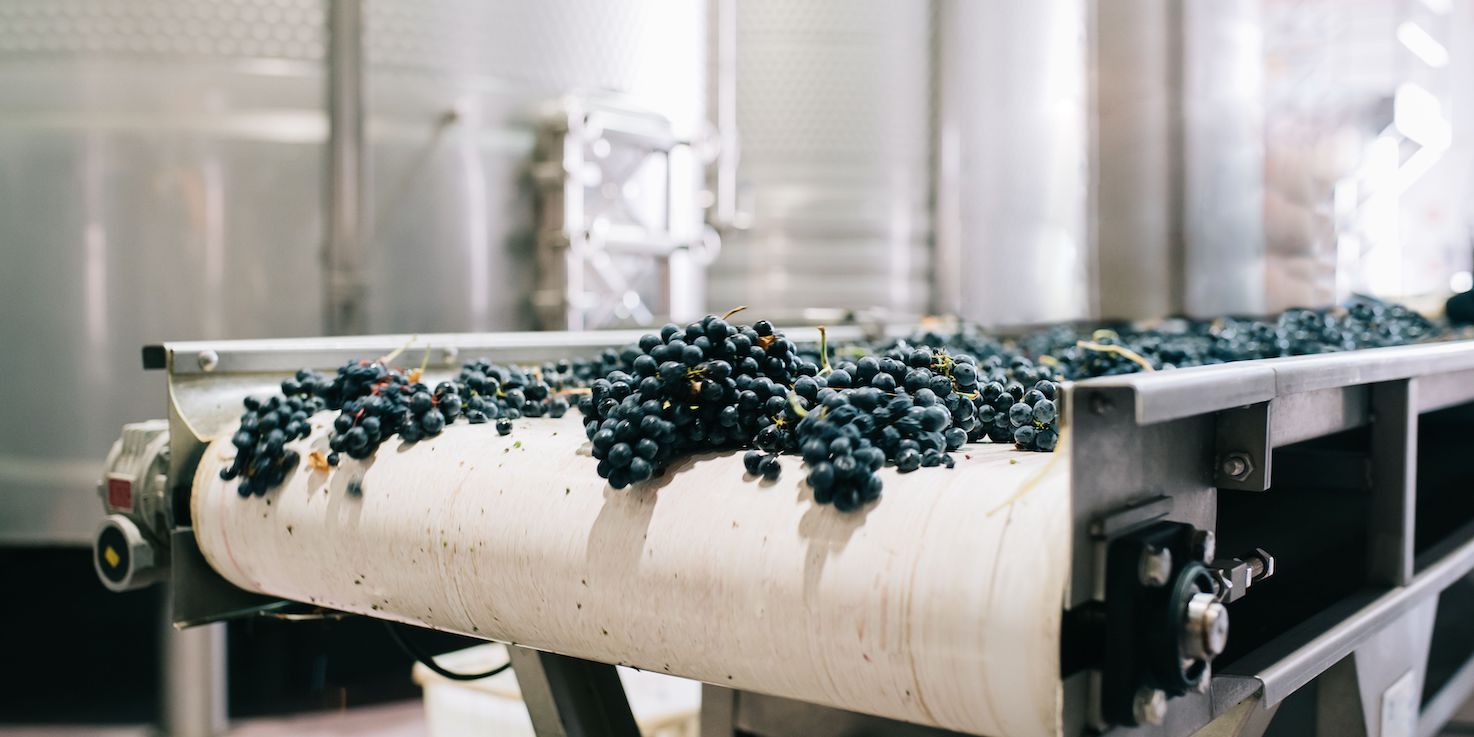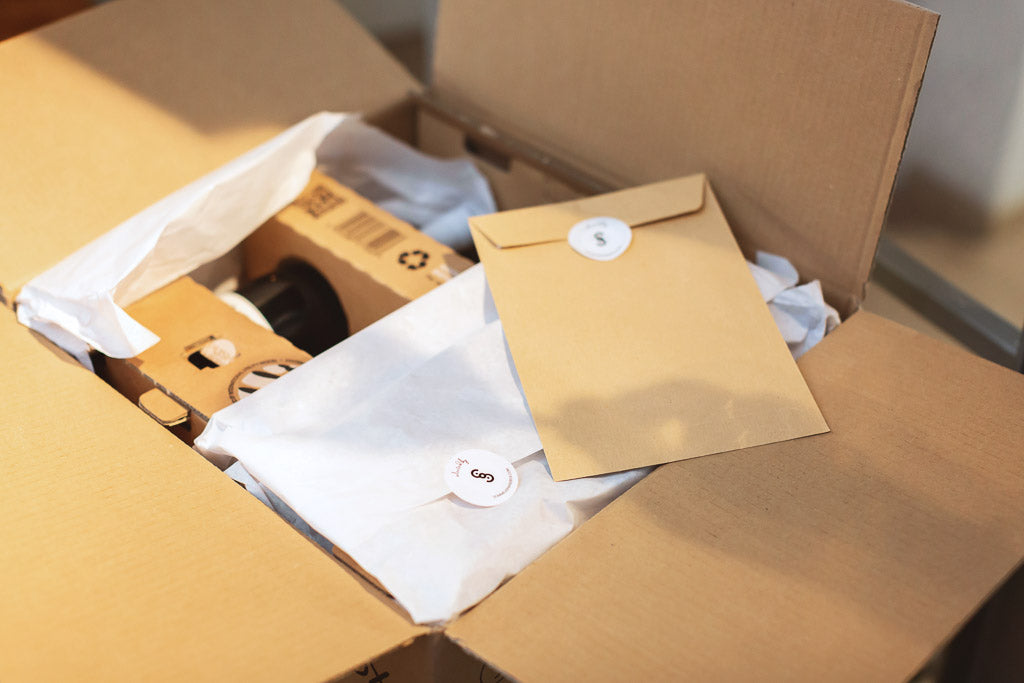Which technologies are really at the service of wineries? From digitalisation to artificial intelligence, a research by Sommelier Wine Box.
Artificial intelligence, through the use of machine learning and deep learning, is rapidly evolving and will continue to change the lives of people and businesses. Technology can significantly help the work of winemakers: by automating and making production and monitoring systems efficient and systematic; supporting their decision-making process; leaving more time for everything that is experience, experimentation and – why not? - creativity.
The challenge of digital viticulture
For wineries that want to take up the technological challenge, this is an interesting moment to move from precision viticulture to digital viticulture . The opportunities to benefit from artificial intelligence are numerous.
The objectives for the cellars
According to the OIV report on digital trends applied to the wine sector, there are five main objectives that wineries can pursue by choosing digitalisation:
1. efficiency : digitalisation, robotics and the integrations offered by artificial intelligence help to make material and human resources more efficient;
2. productivity : the increase of which, without sacrificing quality, is an important objective for many wineries;
3. transparency : collecting and providing clear and comprehensible information for end consumers is an objective of crucial importance, which States will also increasingly pursue;
4. new business models : technological innovation leads to new opportunities for selling wine, starting with online bottle sales;
5. sustainability : improving the wine sector from a digital point of view also means operating in a more sustainable way, promoting the circular economy and the limitation of resources.
The applications of artificial intelligence in the vineyard are still experimental and the potential unexplored for most wineries.
The applications are numerous:
NEW TECHNOLOGIES IN THE VINEYARD
Artificial intelligence offers the possibility of analyzing climate data and the state of the vineyard in detail, to develop models and scenarios that show the real conditions compared to the ideal ones for growing grapes, predict the needs of the plants and manage the harvest at Better. The optimization of resources has implications for product quality , energy saving and in the long term also economic savings .
Current technological development, in its most advanced experiments, allows numerous activities:
- Soil analysis : Artificial intelligence, satellite images, infrared images and other technologies can be used to acquire and analyze data about the soil, such as chemical composition, structure, temperature… to determine the ideal conditions for growing crops various types of grapes. Source
- Vine monitoring : Sensors, robots and drones, LiDAR (Light Detection and Ranging), artificial intelligence and deep learning systems with portable spectroscopy algorithms for vine monitoring can be used to monitor plant health, shoot growth, the moisture level of the soil. This data helps producers make informed decisions on vine management, reduce and localize treatments, predict the timing of grape ripening and the quantity and quality of the harvest, thus reducing the risks associated with the harvest. The trend known as the “Internet of Things” (a network of physical objects that connect sensors, software and other technologies to exchange data over the internet) is full of potential. Source , source , source , source .
- Vine management: in some experimental projects, research is underway to use artificial intelligence to guide people to prune in the most correct way but also to remotely manage tractors and robots, which would automate at least part of the work in the vineyard. Among the various projects, the MaaraTech of the University of Auckland. Source
- Management of the water needs of vines : the increasing drought imposes a new and more accurate management of water stress, together with the increase in temperatures, a hugely important issue for contemporary viticulture. Monitoring the vineyard also from a water point of view, practicing precision agriculture , is crucial today. Combined artificial intelligence methods applied to thermal images acquired in the vineyard are available, useful for continuously monitoring the water status of the vineyard: real maps at the service of the winemakers' work. Source , source
- Grape control : Artificial intelligence, combined with automatic data acquisition, can be used to perform real-time grape analysis, determining the quality, maturity and composition of individual bunches. This helps producers make decisions about the optimal time for harvesting and train staff in advance based on the characteristics of the specific harvest. Source
- Crop forecasting : AI can be used to predict the quantity and quality of the crop based on various factors, such as weather conditions and rainfall, the health of the vines and the analysis of historical data cross-referenced with real-time data from vineyard. Source
- Combating climate change : agriculture also has some tools available to combat climate change, for example carbon farming, or the sequestration of carbon in the soil, to slow down global warming. Source
- Read also: What is zoning
NEW TECHNOLOGIES IN THE CELLAR
- Grape classification : AI, especially thanks to algorithms applied to images and laser spectroscopy, can be used to automatically classify grapes based on their characteristics, such as shape, color and maturity, helping producers to make decisions on selection to be used for production. Source
- Precision oenology : AI can be used to monitor wine transformation processes in the cellar, including fermentation, to optimize the conditions under which to obtain the maximum organoleptic properties of the wine. Source
- Quality control in the bottle : artificial intelligence allows you to control the state of the wine even after bottling and, for example, measure the amount of oxygen in the bottle. Source
NEW TECHNOLOGIES IN WAREHOUSE MANAGEMENT
-
Efficient warehouse management (Warehouse Management System, Warehouse Control System, Manufacturing Execution System): use of robots, space optimization and label recognition, a forecasting system and alert systems linked to stocks, integration between the warehouse and inventory and the online store are some of the technological implementations that can make the management of the winery warehouse more efficient. Some of the technologies that can be used are image detection and blockchain.
Some examples of highly automated warehouses can be found here .
NEW TECHNOLOGIES FOR MARKETING AND SALES
- Marketing : exploiting digital marketing also becomes necessary for small and medium-sized wineries, so as not to remain isolated in an increasingly competitive and fragmented market, which increasingly combines online ones with classic physical sales channels.
- Consumption analysis : profiling algorithms and artificial intelligence can be used to analyze data on consumer preferences and trends, with the aim of optimizing one's positioning in the market.
- Distribution : integrated warehouse management and transport systems can significantly facilitate distribution and sales.
- Tracking valuable bottles : there are pilot projects which, thanks to NFTs, intend to facilitate the recognition of the value and uniqueness of bottles, especially valuable ones.
- E-label : digital labelingprojects will be able to facilitate the transfer of timely and rich information, increasingly requested by informed consumers.
The Sommelier Wine Box algorithm
Sommelier Wine Box has developed an artificial intelligence algorithm to satisfy consumers' tastes, profile their palate and create the perfect selection of wines for each one. The algorithm crosses 10 evaluation criteria from 3 different categories to predict which labels are the most suitable for each user.
How does it work? After the pre-selection of labels from niche wineries from all over the world made by some of the most talented sommeliers around, the algorithm profiles each individual's palate to propose selections that reflect their tastes and needs, developing a set of data on preferences collected and integrating them with a predictive system also based on one's own reviews of other labels and on the feedback of similar wine profiles. The system continuously refines the profiling selection after selection.




